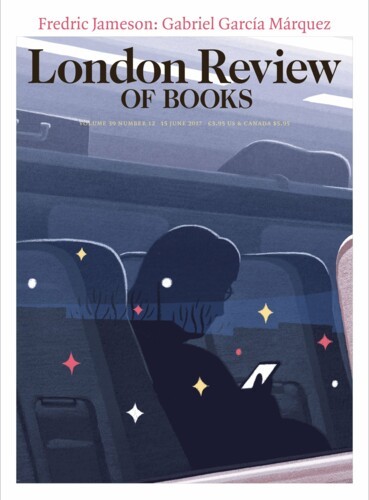Problem Families
Ian Jack, 26 October 1989
From Moorepark to Wine Alley: The Rise and Fall of a Glasgow Housing Scheme
by Sean Damer.
Edinburgh, 209 pp., £25, August 1989,0 85224 622 6 Show More
by Sean Damer.
Edinburgh, 209 pp., £25, August 1989,
“... these years the towns and cities of the Lowlands accelerated a process which had begun before the war and decanted their populations into houses built by and rented from the local authority, an internal migration which gave Scotland the highest ratio of public to private housing of any country in Western Europe, and higher even than many countries in the ... ”
